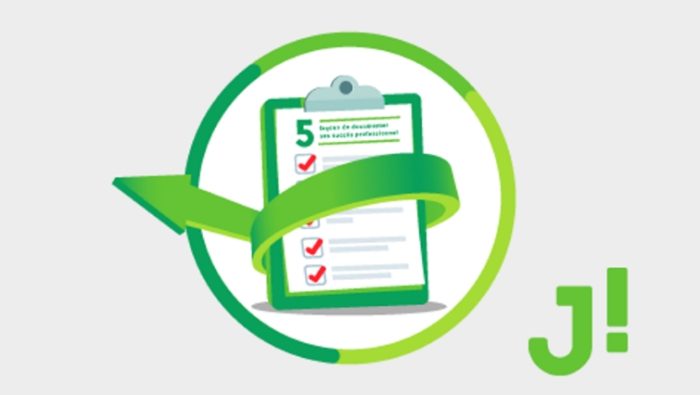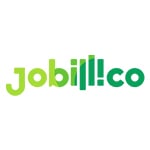5 ways of documenting your professional success
 Publié le 3 December 2018
Publié le 3 December 2018
Success in the workplace is without a doubt the top priority for any employee. While it’s perfectly natural to want to showcase this success, you might not be sure how to go about it.
Here, then, are five ways to document your professional success… in a professional manner!
1. Track your evolution
It’s easy to forget when you’re always in the swing of things. Keep a log of your job titles and hiring dates for the various positions you have had within the business. Each promotion or additional set of responsibilities needs to be treated as a distinct professional milestone. The sum of all this will paint a picture of your evolution within the company.
With time, you’re likely to forget a lot of details concerning these transitions. Write things down and match your notes to any relevant documentation. Job descriptions might really come in handy in the future. Keep copies in your personal files, preferably away from your place of work. You’ll thank yourself later when the time comes to update your resume.
2. Describe your contribution and its impact
You have done a lot of things that have helped the company your work for. This could be reaching your performance objectives, your management of special projects, your initiatives in keeping your skills sharp, the creation of new tools or procedures, and so on. A handy way to keep tabs on all this is to keep copies of your yearly performance evaluation as well as notes detailing your track record.
Whenever possible, try to keep everything measurable in describing both your good moves and their impact. Here are some examples:
- Boosted sales for Eastern Montreal territory by 50% via special events that generated an extra $ 50K in revenue for the business unit in 2017.
- Implemented a new accounting system which led to the recovery of $ 100K in past-due client accounts.
3. Keep your LinkedIn profile updated
LinkedIn is a powerful networking tool both to build your reputation within your current job and to discover new career opportunities. You should consider your profile as a reflection of your public image. An incomplete profile or one that doesn’t accurately echo your current job might harm your credit with head hunters, for example. The fact of the matter is that you never know who’s going to look up your LinkedIn profile, so keep it relevant!
It’s worth adding that you can ask for recommendations from your network. Just follow the simple steps within your profile to make personalized requests from your colleagues, clients, managers, suppliers and so on. This is a great way to showcase your profile and the skills you have to offer an employer!
4. Keep honing those skills
Job seekers often seem to forget the value of continuing education. Don’t make the same mistake: this is a great way to demonstrate your efforts in professional development. This sort of training either solidifies your current expertise or proves your commitment to looking for new challenges. Records about technical training will also show your efforts in keeping step with the evolving technology used in your industry.
You should keep track of the information connected to your training: record the title of the program or session as well as the time and place. Here are some examples:
- PMP Management Methodology, McGill University, 2017
- Advanced Sales Techniques, XYZ Consulting, 2016
- Social Media Management, ABC Consulting, 2016
- Sequel Server 2.4 Qualification, IBM, 2015
5. Update your resume
Last but not least: your resume! Being happy with your job doesn’t prevent opportunity from knocking at the door. An interesting promotion might show up on the bulletin board; another department might have the perfect opening for you; you could get a call from a recruiter whose proposition you simply can’t pass up; someone might quit or retire early – you never know. Always be on the ready. Experience shows that when a resume is required, time is usually short.
If you use the advice described above, you’ll find that updating your resume will a cinch. While you’re at it, take the time to consider your middle and long term career objectives. These might evolve and change with time and it’s easy to lose sight of them when you’ve been at your job for some time.
Good luck!







